To go down the Rabbit Hole: To enter into a situation or begin a process or journey that is particularly strange, problematic, difficult, complex, or chaotic, especially one that becomes increasingly so as it develops or unfolds.
My journey down began with a longing for my early days of Digital Photography. My first DSLR was a Konica Minolta Dynax 7D which I wrote about here and here. The ‘look’ in particular I was interested in and wanted to see how it fares 20 years later and how pleasing the results were compared to newer modern cameras I’d photographed with. The further I went the more I immersed myself in it.
The internet was awash with discussions, articles, videos and of course photographs from the (yes, I’ve heard it being called this) Golden Age of Digital Photography. I guess what they mean is the time when Digital Sensors began to match 35mm Film and in some respects began to surpass it.
All roads they say lead to Rome but in this case all rabbit holes lead to Kodak. It was the Kodak CCD, or rather the Kodak Full Frame Transfer CCD as found in the Leica M8 and M9 and also in the Pentax 645D and some Kodak Digital Backs. Such cameras were and still are beyond my budget but Kodak had jointly introduced the Micro Four Thirds format with Olympus and the Kodak CCD’s were to be found in a range of the older Olympus 4/3rds DSLR’s.
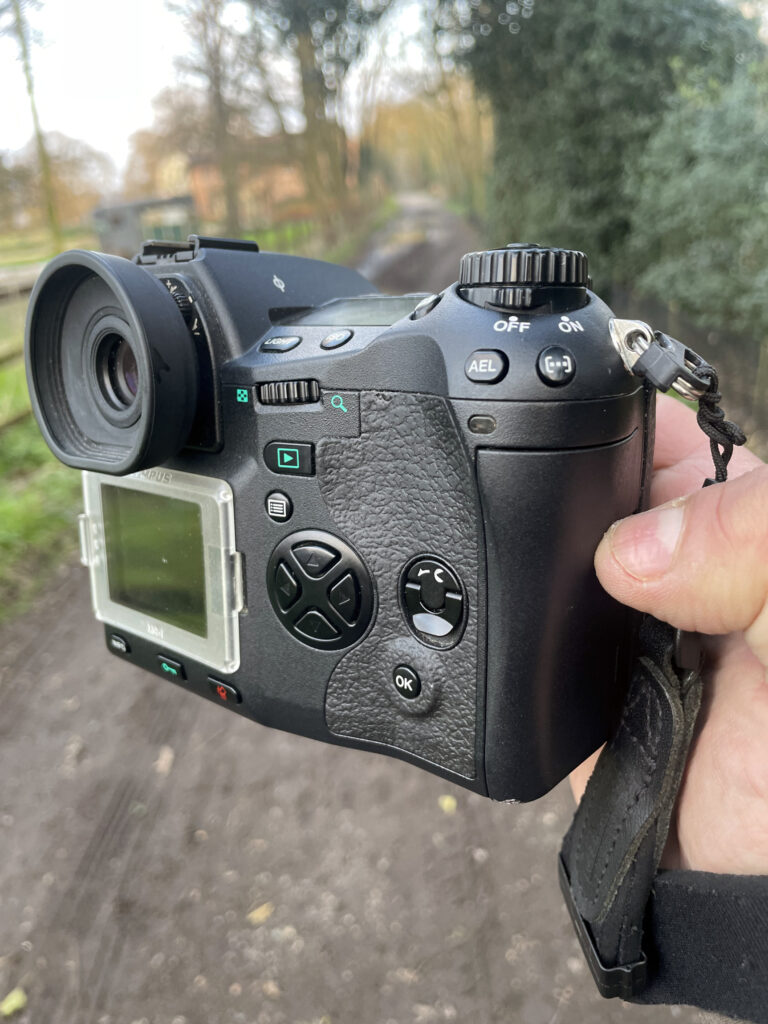
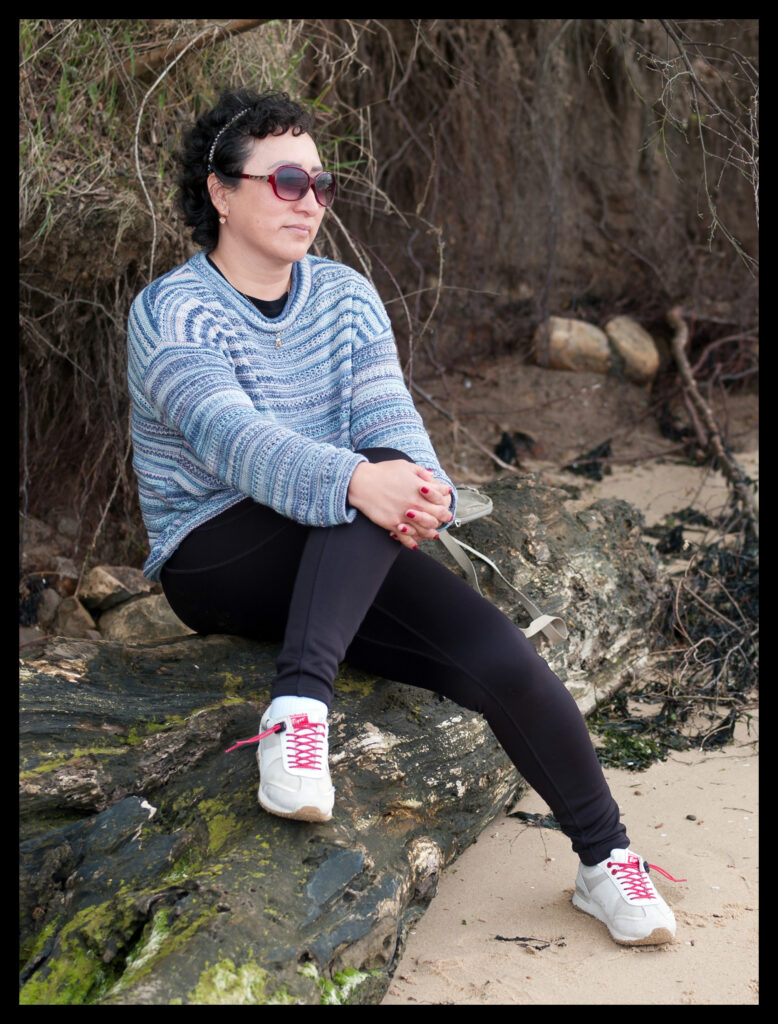
50mm f2
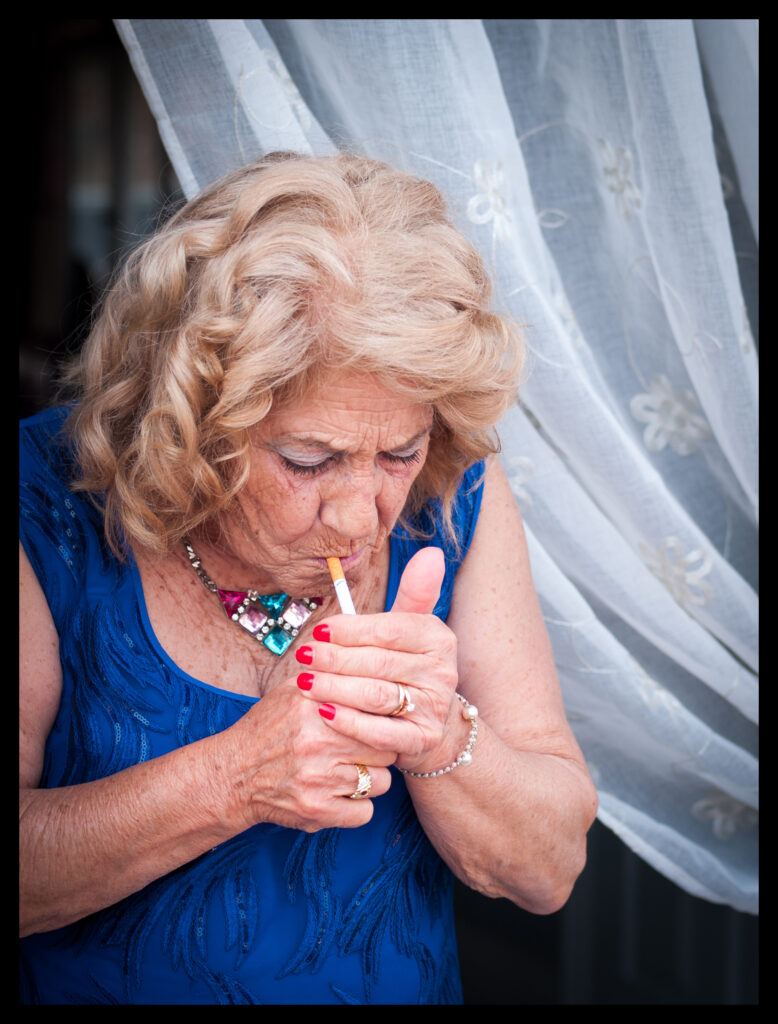
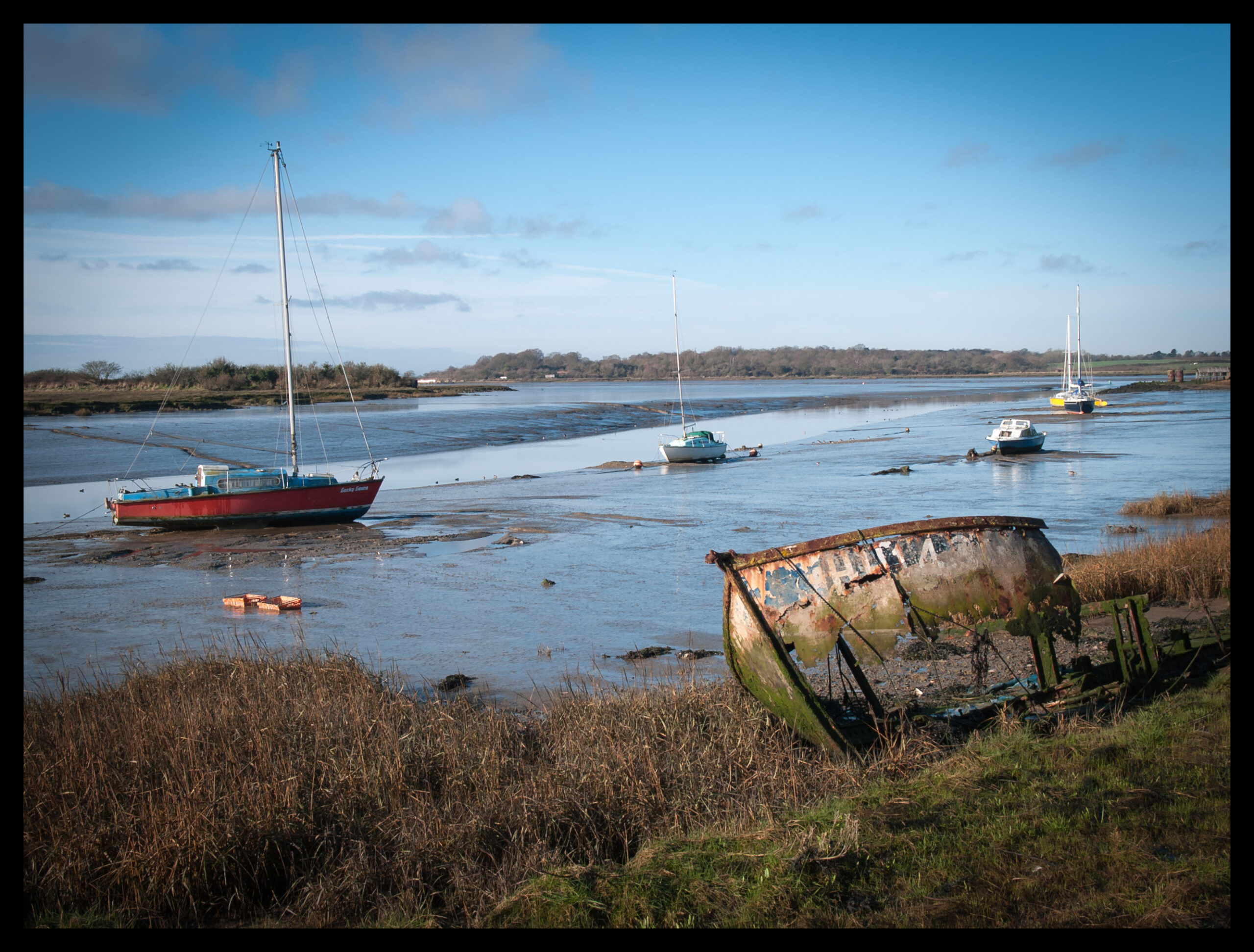
14-54
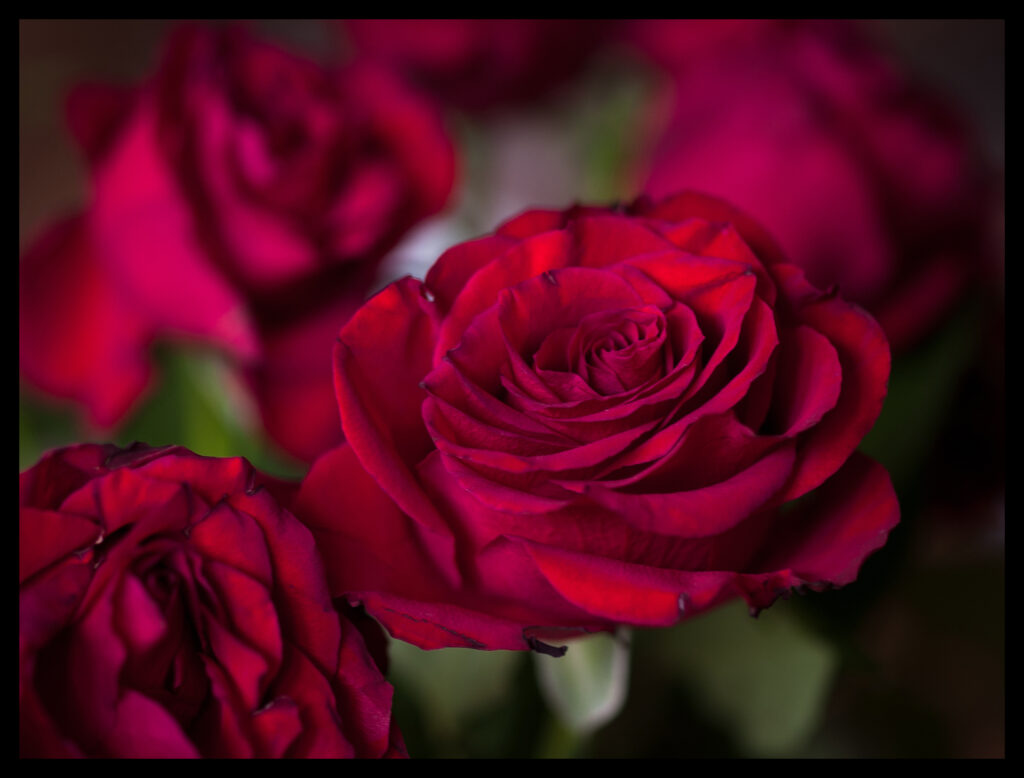
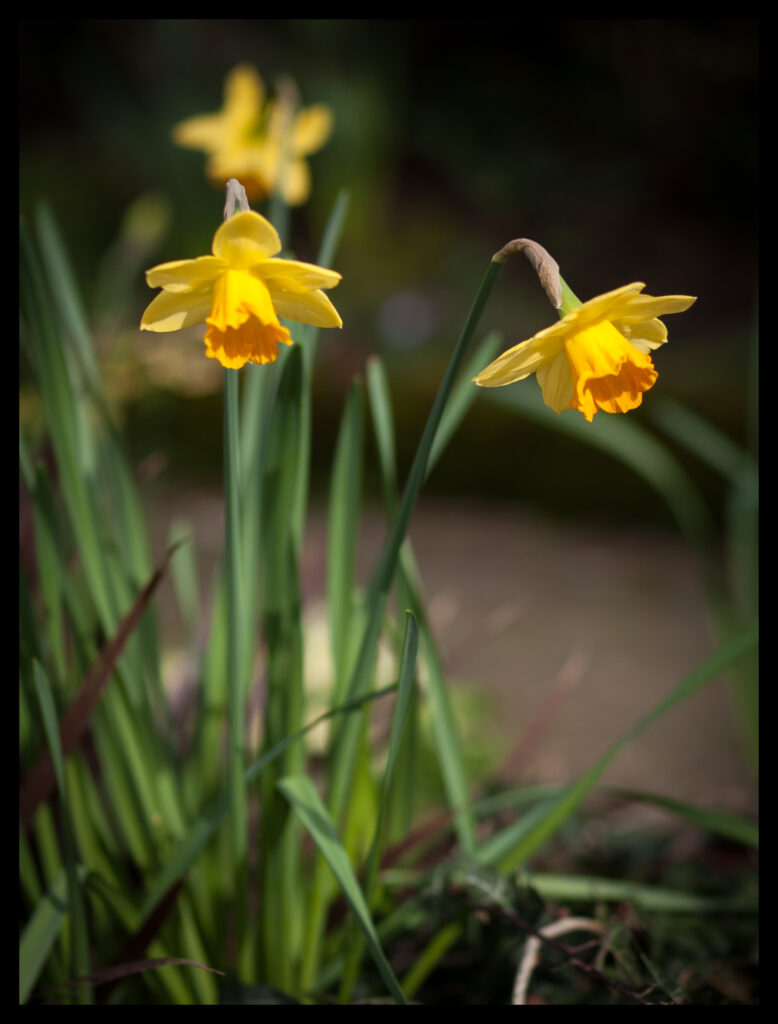
The Kodak CCD’s were for the most part various Kodak KAF models, using a Full Frame Transfer (FT) (vis a vis Interline Transfer) I won’t go into what this means or the physics of it all but there were variations of the Kodak KAF FT in both the Pentax and the Leica I mentioned. At the time Kodak used to mark their own Digital Compacts (a few of which I have and love) with “Kodak Color Science”. I must say I do like Kodak’s Color Science a lot. No idea whether the Color Science in this is Kodak or Olympus, but the colour does resemble that of my Kodak Digital compact cameras.
I can’t believe I had overlooked Olympus’s old DSLR’s. I guess at the time it was because I thought more Mega Pixels and a newer CMOS sensor meant the older CCD models were poor. I looked at the paltry 5 MP of the Olympus E-1, sniffed and wondered why Olympus would have released such a thing to compete with higher resolution Canon and Nikon monsters. I’ve since grown up and now understand what Olympus were doing and regret the fact that I had ignored them, only jumping on the Olympus train when the Micro Four Thirds OM-D EM5 was released (I had both Mk I and Mk II and the results were naff so I sold them – I can’t say I liked anything about the photographs I managed to take).
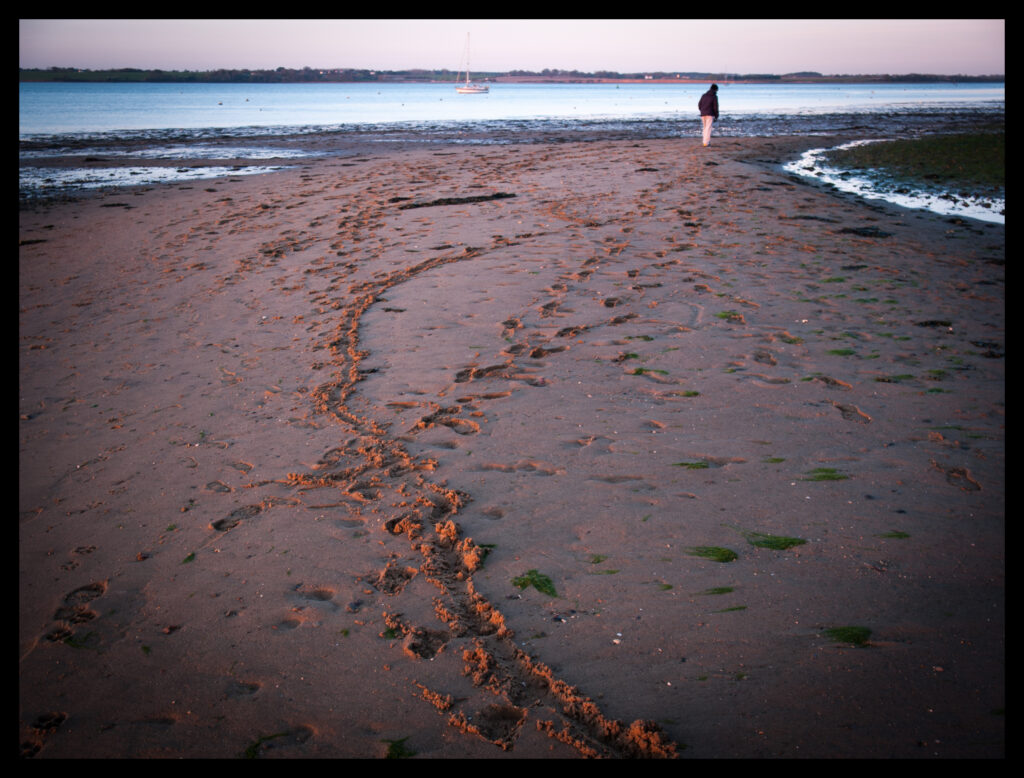
14-54
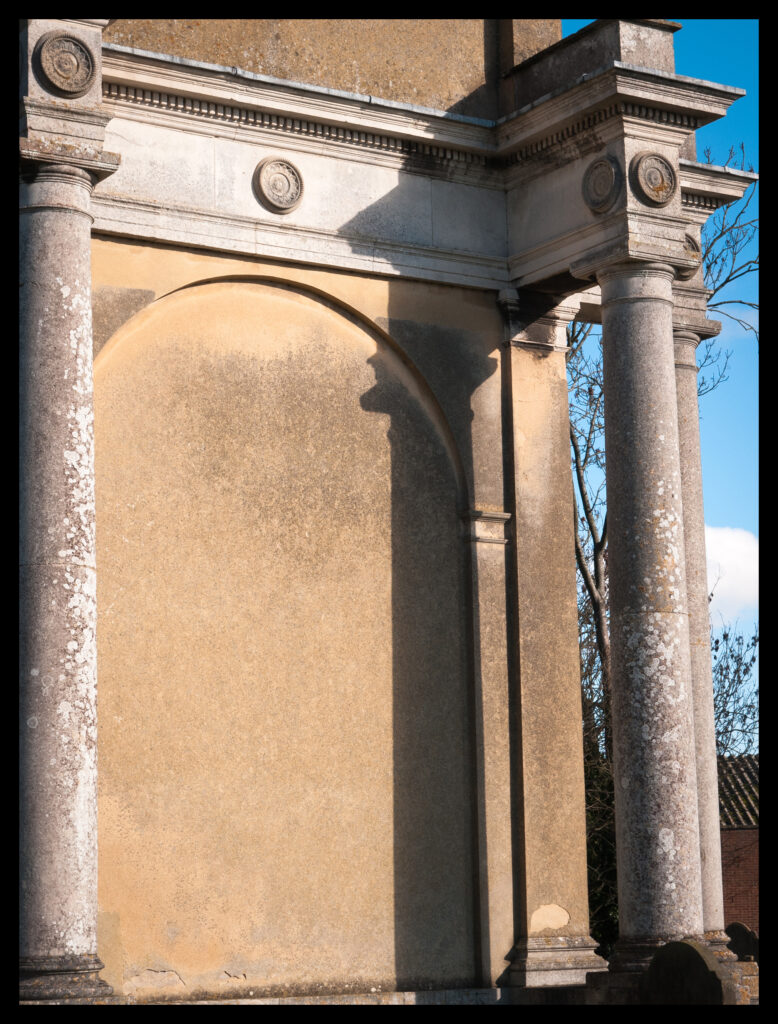
The benchmark at the time was 35mm Film. So such cameras were made to at first mimic and then exceed its properties (or at least try to). CCD cameras of the 2000’s sensors I guess were made and their colour array’s designed to give customers something akin to Film – hence I think the “CCD look” is compared to Film and claimed to be ‘Filmic’. In my experience Film is quite different, but my experience extends only to Slide Film and B&W. I’ve used very little Colour Negative Film so I lack the knowledge to be able to compare.
Anyway, as the Olympus E-1 seemed to be quite popular (and being a fan of Kodak Film) after a while and especially after watching this excellent video by AG (in Chinese with Subs) of a comparison of the E-1 (with the E500 and E300) I took a punt and bagged an Olympus E-1 in minty condition, plus a couple of their High Grade lenses for relative little outlay: the Zuiko Digital ED 14-54mm f2.8-3.5 and the Zuiko 50mm f2 Macro. being Half Frame both focal lengths are x2 to get the comparable 35mm type focal length, the 50mm (100mm equiv) suits me as a portrait lens and the other covers everything else.
I’ve had a lot of cameras over the years, but it’s very rarely that one comes along which I am immediately enamoured by. My last was the Contax G2 which I wrote about here.
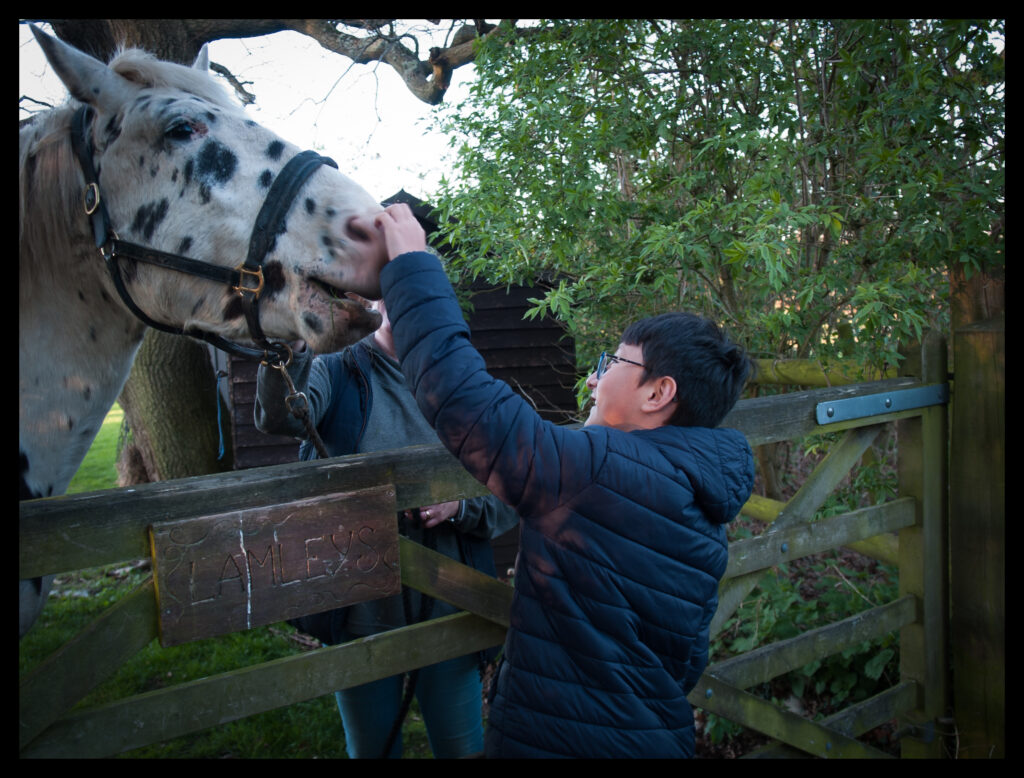
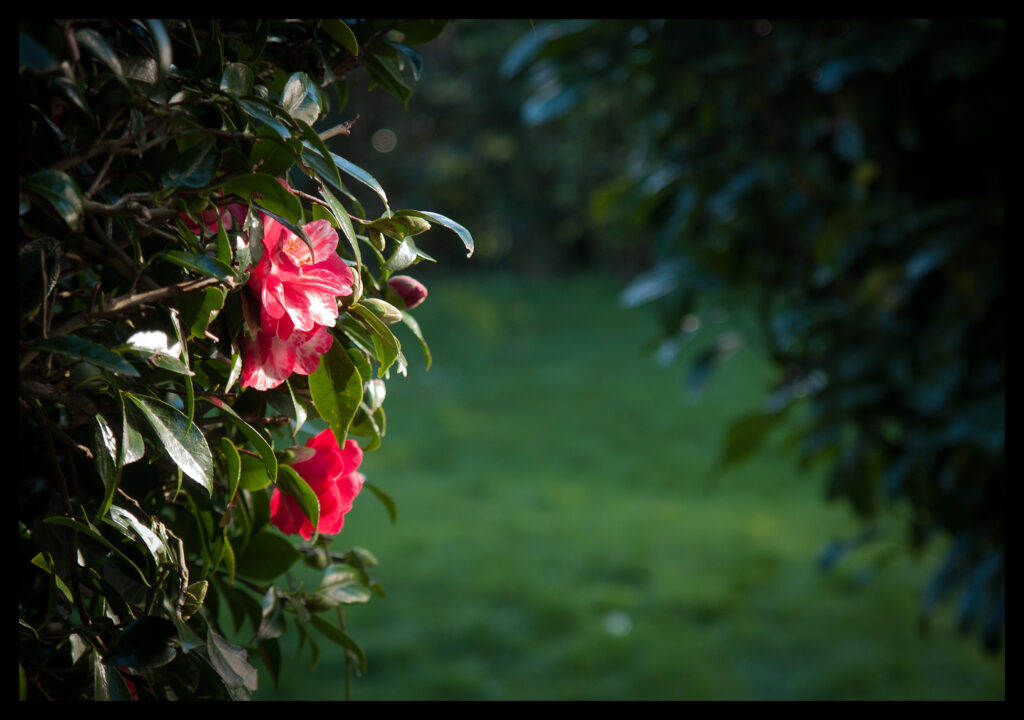
Mistley 50mm f2
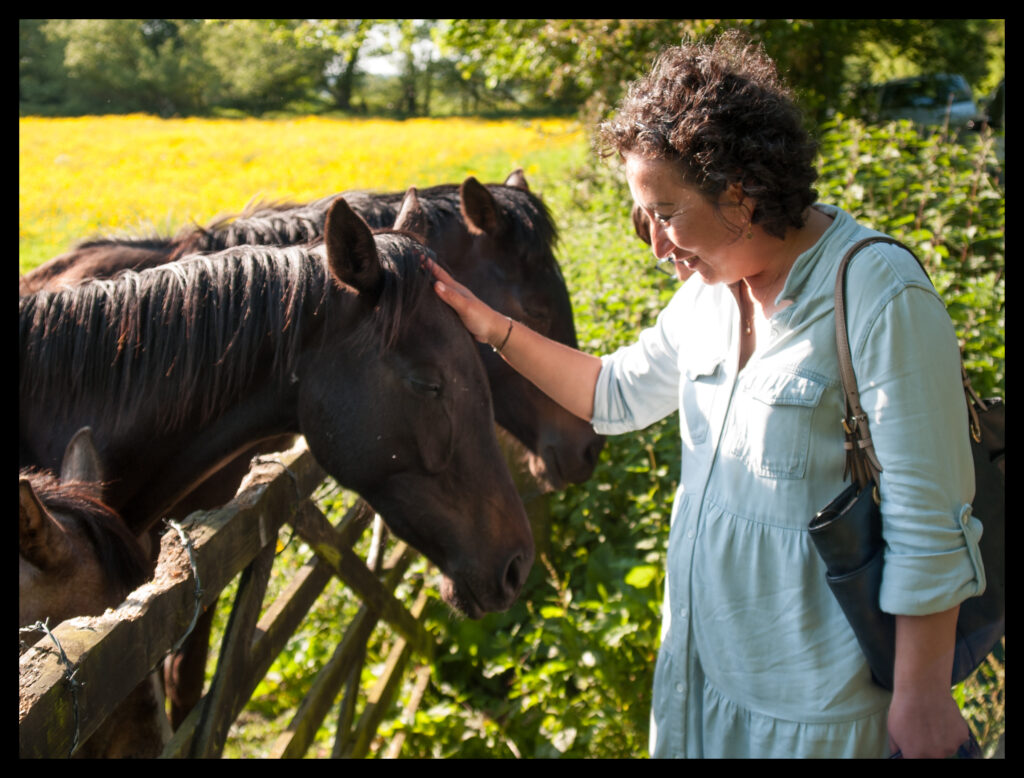
This felt perfect the moment I unwrapped it and held it in my hand. Far nicer in form and in feel (and build quality) than my (comparable) Nikon D200, with a brighter and slightly larger lovely 4/3rds format View Finder. It is a thing of beauty, solid as a rock, with a weight and heft which inspires confidence, yet compact and with the best grip of any camera – so good that I use it with a wrist strap and just let it hang suspended from my finger tips when not up against my eye.
Everything is made with care and the feel of the shutter when you fire it is something to be experienced. Not a klak Klak like the Konica Minolta, nor a vibrating slap snap as on the Nikon D200 – it’s beautifully damped, soft and elegant (if a shutter sound can be described as elegant) very much unlike any other shutter sound and feel. The Olympus E-1 or Evolt E-1 (in the US) is also the very last Olympus camera to be made domestically in Japan. The following E-3 and E-5 were made in China.
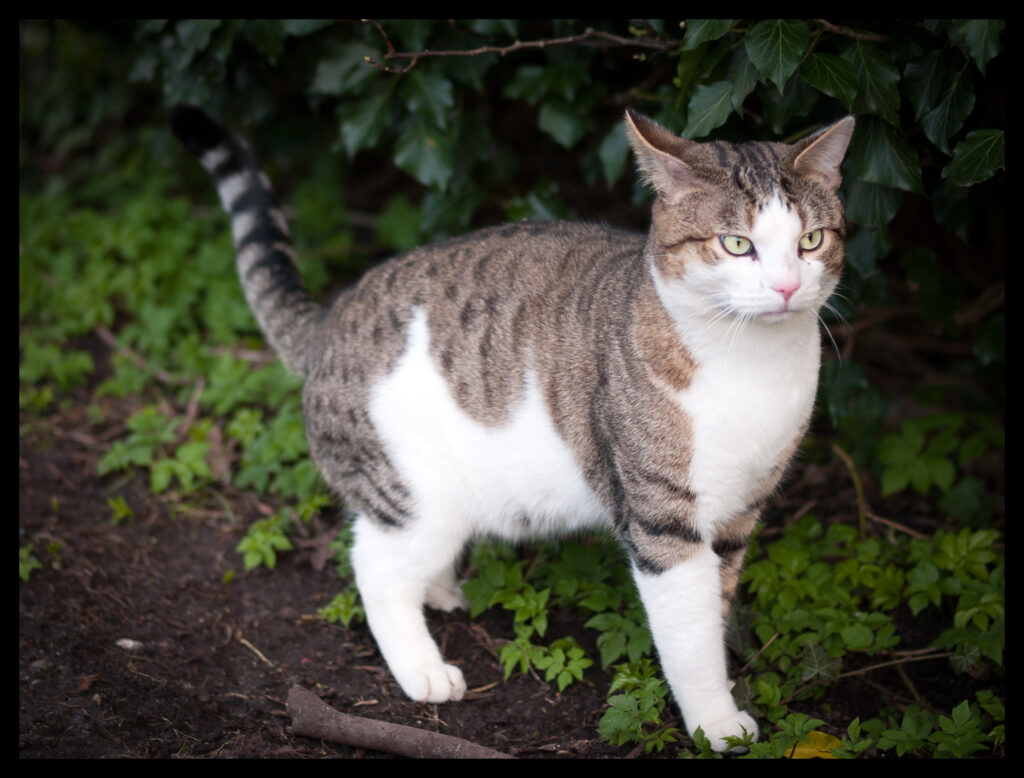
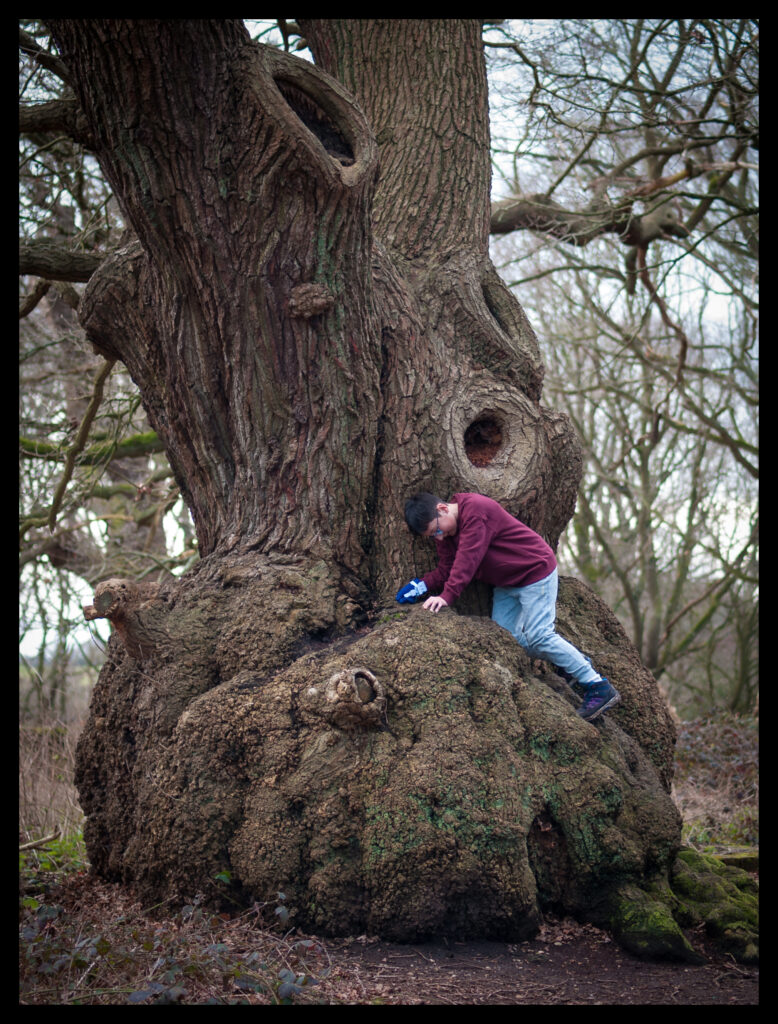
Ergonomically the Olympus E-1 is excellent – as good as it gets I think, there’s a button or something for anything I require. The LCD is tiny! It’s as small as the display on the back of the 35mm Minolta Dynax 7 SLR – but it is sharp, easily viewable in bright sun and gives a good image which can be checked for exposure and focus. There’s not much to the Menu system and many of the oft used modes and settings are set using the LCD panel at the top of the camera. At first this was strange but then I realized it make sense rather than to trawl through Menus on such a small screen – besides, us Film shooters are used to little or no LCD screen info!
The very first photo I took with it was a keeper and one of my most memorable shots.
I loaded up the CF card into Adobe Photoshop Lightroom 5 on my ancient Apple Macintosh computer and immediately felt a sense of joy and achievement when looking at the Photos. They were so pleasing to me.
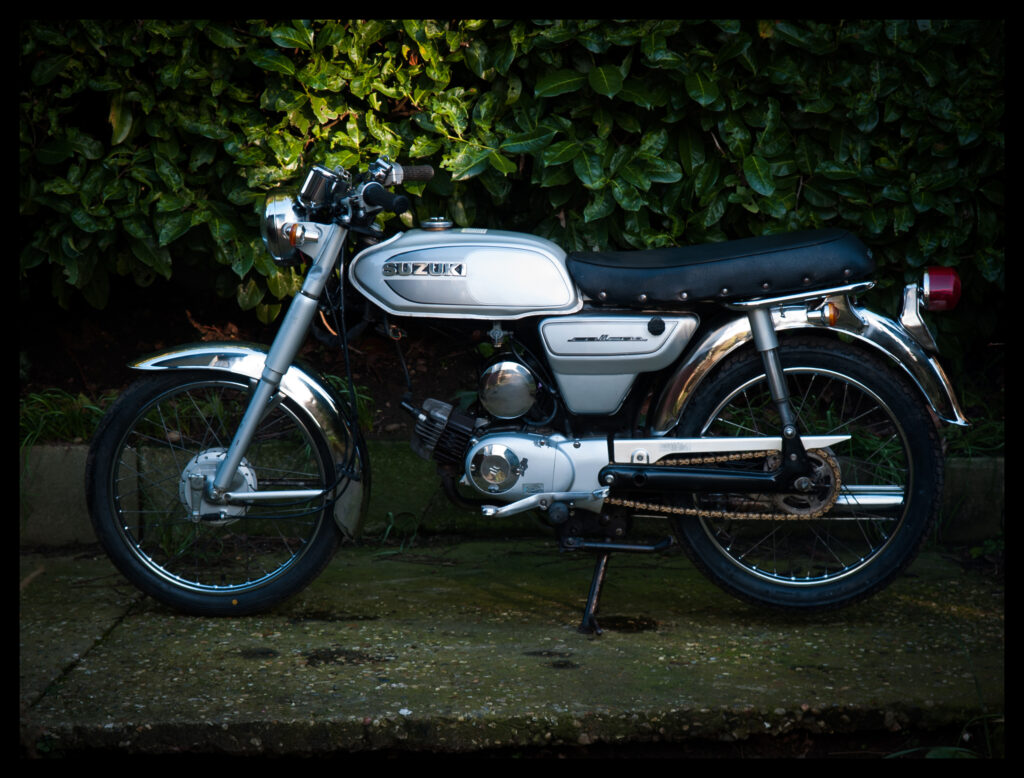
14-54
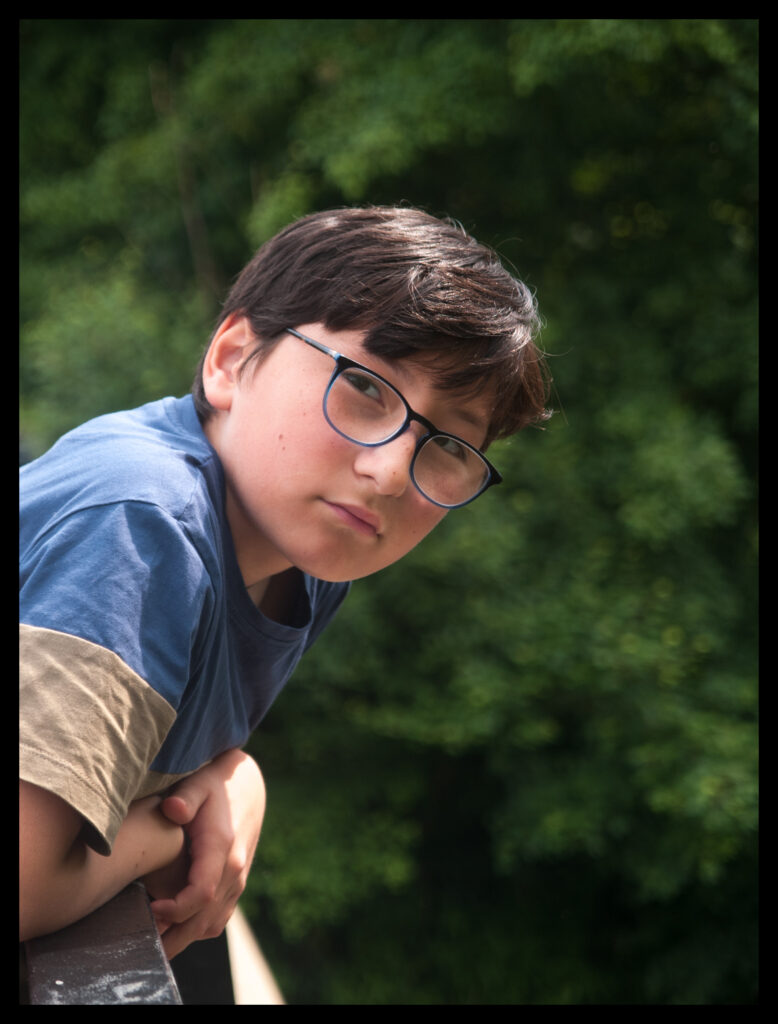
The Olympus E-1, for me, is a joy to use. years of shooting Slides has given me a bit of know how of how to expose for them and to avoid the pitfalls – namely blocked up shadows and blown highlights. This I found was a similar experience. I immediately recognized the fact that it had very limited latitude and if I wasn’t careful highlights would be blown or lifeless shadows would be present.
Everyone has their preferences and I have mine. I almost always shoot at ISO 100 (or below), I hardly ever go above that unless I really need to get that shot for whatever reason – and then it’ll stretch to ISO 400. It’s an old habit based on my preference. I like colour, I love the sun, blue skies and bright things. When the light starts to fail, or if it’s overcast with no sun I start to think and see in tones and B&W Film is what I use in such occasions. I personally don’t get any pleasure nor enjoyment in shooting colour when the light is dull and I have never shot a single colour frame in anger at night or very low light, so I won’t be missing any of the new cameras which can shoot ISO 128,000 or whatever – for me if there’s no sun, there’s not much photography. I don’t shoot weddings or events or hardly anything indoors so in a way I’m lucky – I can use old cameras of all types (Film and Digital – Compact or Larger framed) enjoy and be fulfilled by them.
This isn’t a speed demon, though it’s quick enough, the AF works nicely and as a bonus the previous owner had installed the MF split prism focussing screen, covering the meagre 3 AF points.
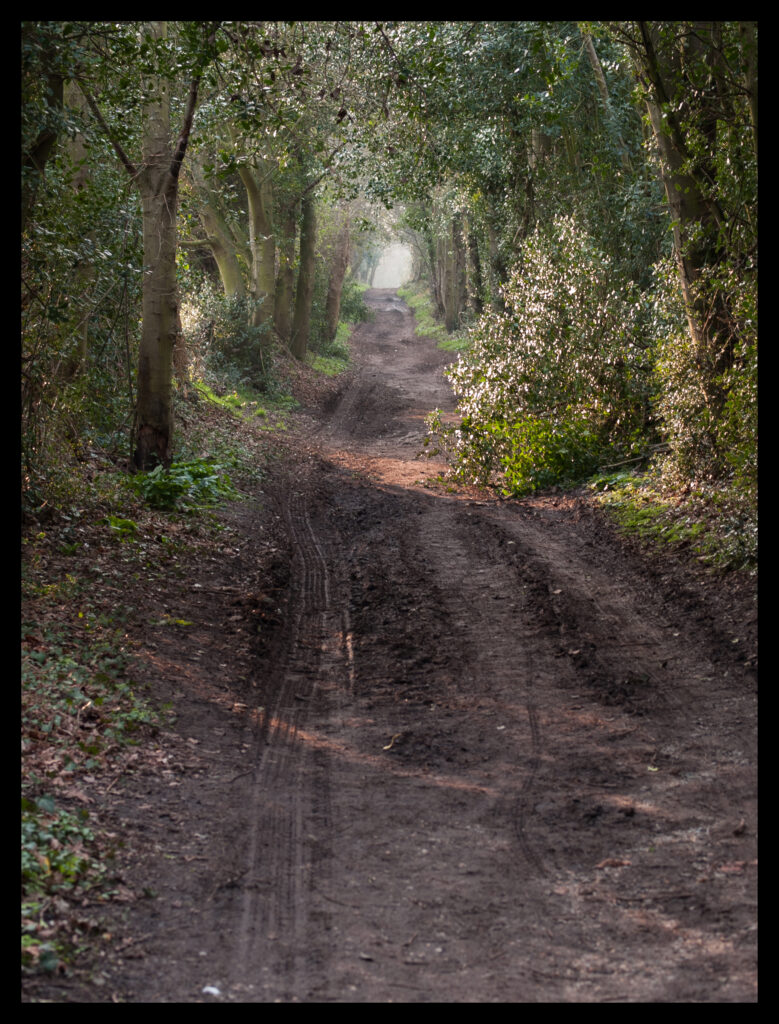
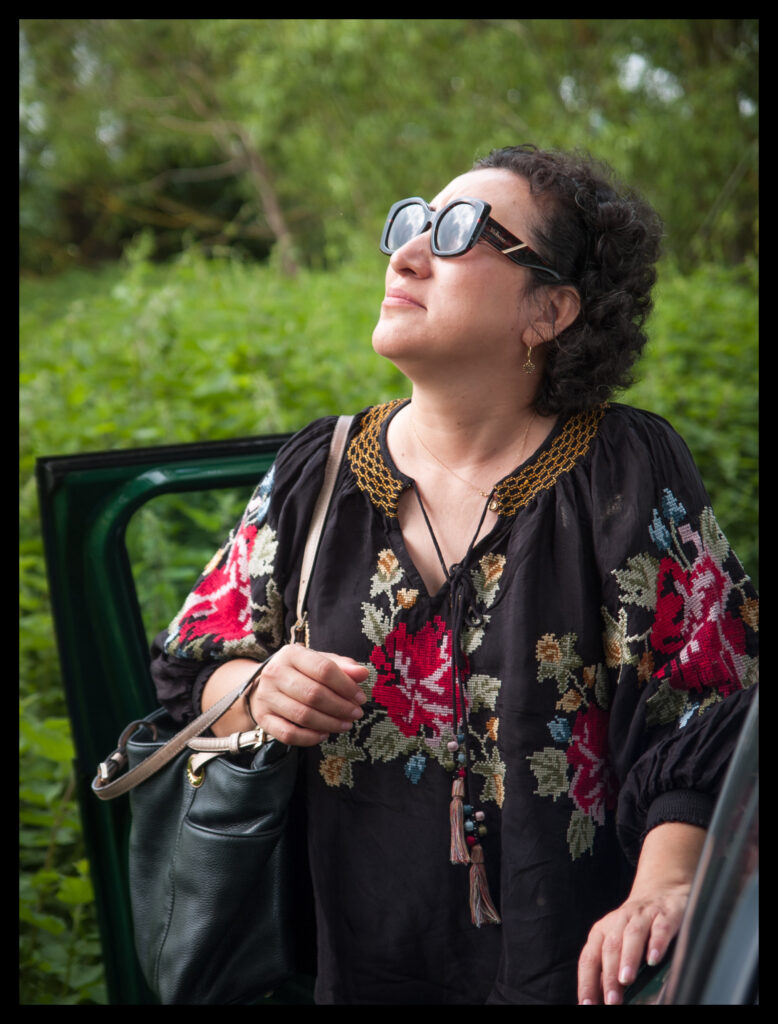
When shooting the Olympus E-1, I make full use of the Exposure Lock button. In trickier light, I expose for the highlights then give it a stop or so more exposure (depending) which will give a measure of shadow detail which can then be boosted slightly in the RAW program I use (Lightroom 5). The meter is quite conservative and underexposes a tad, so the other useful feature is the exposure compensation. The Viewfinder has all the info I need clearly displayed so it all becomes pretty straightforward once you get the hang of it, which doesn’t take long. There’s not much headroom in the shadows, lift too much and you’ll get noise! I wouldn’t recommend this camera for beginners, without careful shooting anyone might be disappointed as it’s a tricky camera to shoot – but get it right and you’ll get so much satisfaction.
The images themselves are only 5 Mega Pixels, which is about 2560×1920. Not much by modern standards, but more than enough for me. Like with many people, 90% of my shooting – whether with Film or Digital, is viewed and shared on a computer screen. For the small amount which I do print, my prints are on average 8×6″ or at a push 10×8″ (my darkroom prints are often of this size as well). This has more than enough resolution for lovely prints of this size. I am just a casual snap shooter and Photography is but one of a few hobbies I have and I shoot solely for my own pleasure and never to impress anyone else or anything, so I personally am quite happy with this.
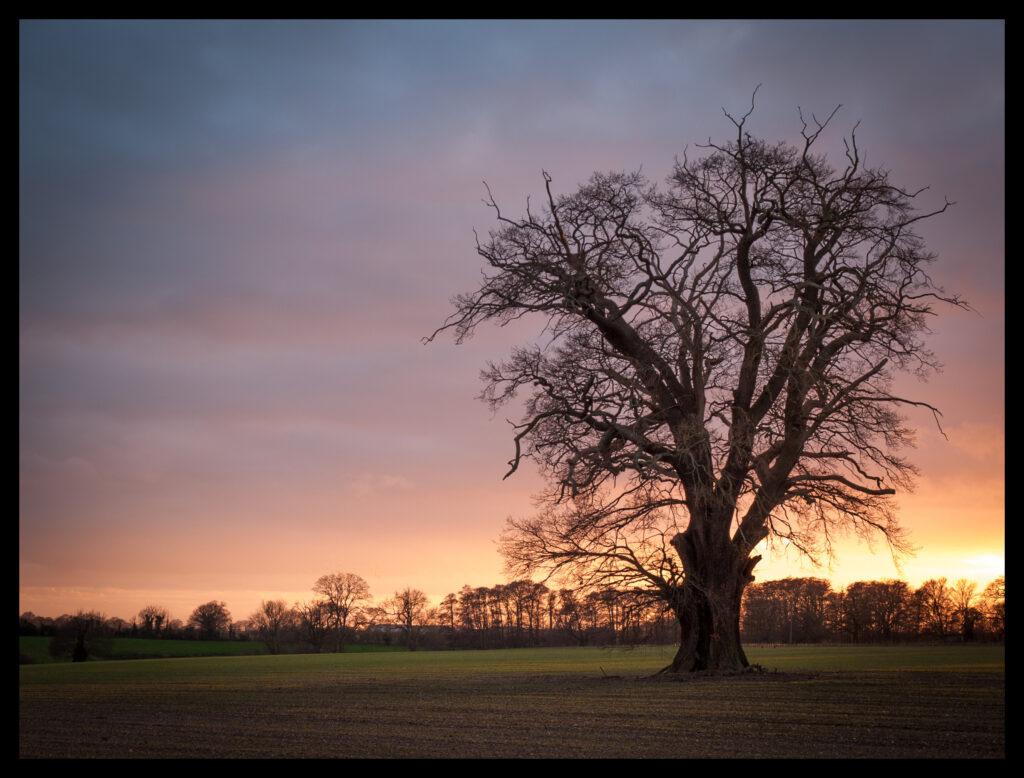
Mistley 14-54
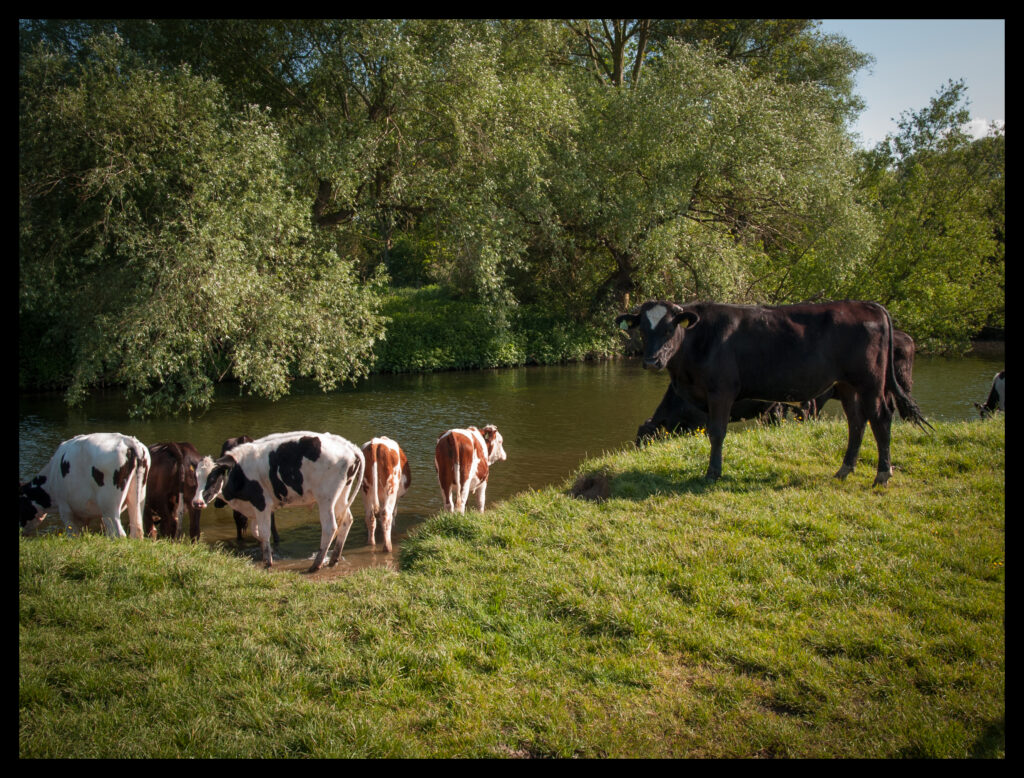
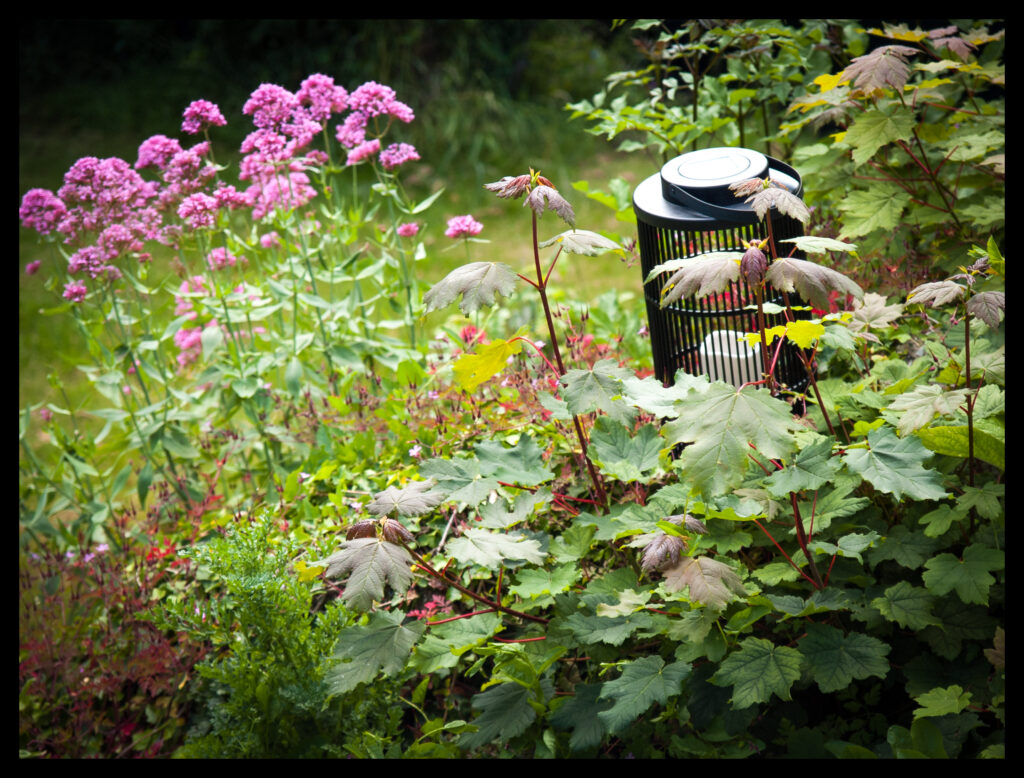
I adore the results I get from this old relic with a tiny LCD and 5 Mega Pixels – it helps that Olympus put everything into the lenses. Olympus made three grades of lenses for their Four Thirds cameras: Standard, High Grade and Super High Grade. These High Grade lenses are very nicely made with weather proof seals and beautiful optics. They were once expensive (the Super High Grade are still quite expensive) now they’re cheap. You can get the 14-54mm f2.8-3.5 for less than £100/$100 and it’s a superb lens, fast enough for out of focus backgrounds when shooting portraits or stopped down for depth of field. Anything comparable for Nikon or Canon would cost you a lot more money. The 50mm f2 Macro is a very special lens, apparently one of the sharpest ever tested at the time and still great – this again would cost around £100. The others to look out for are the 11-22 f2.8-3.5 and the 50-200 f2.8-3.5. Both High Grade – both of which I have my eye on to buy at some point. The standard lenses are said to be quite good and are very very cheap to buy and there seems to be a good selection. You also have a small selection from Leica and Panasonic along with Sigma.
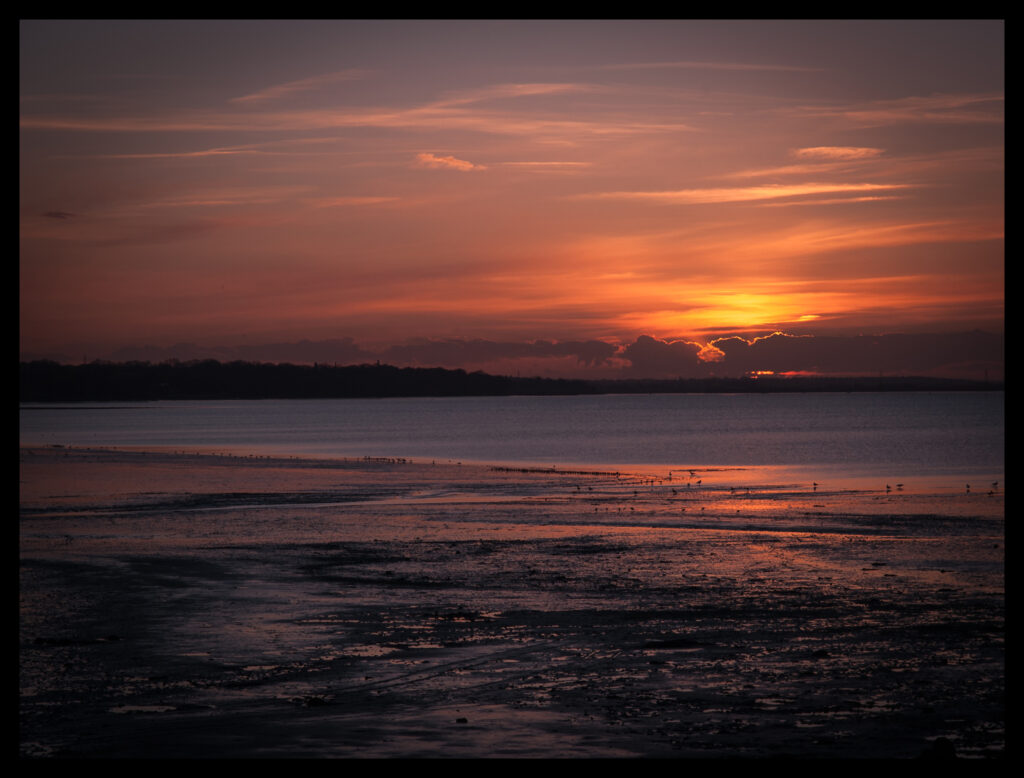
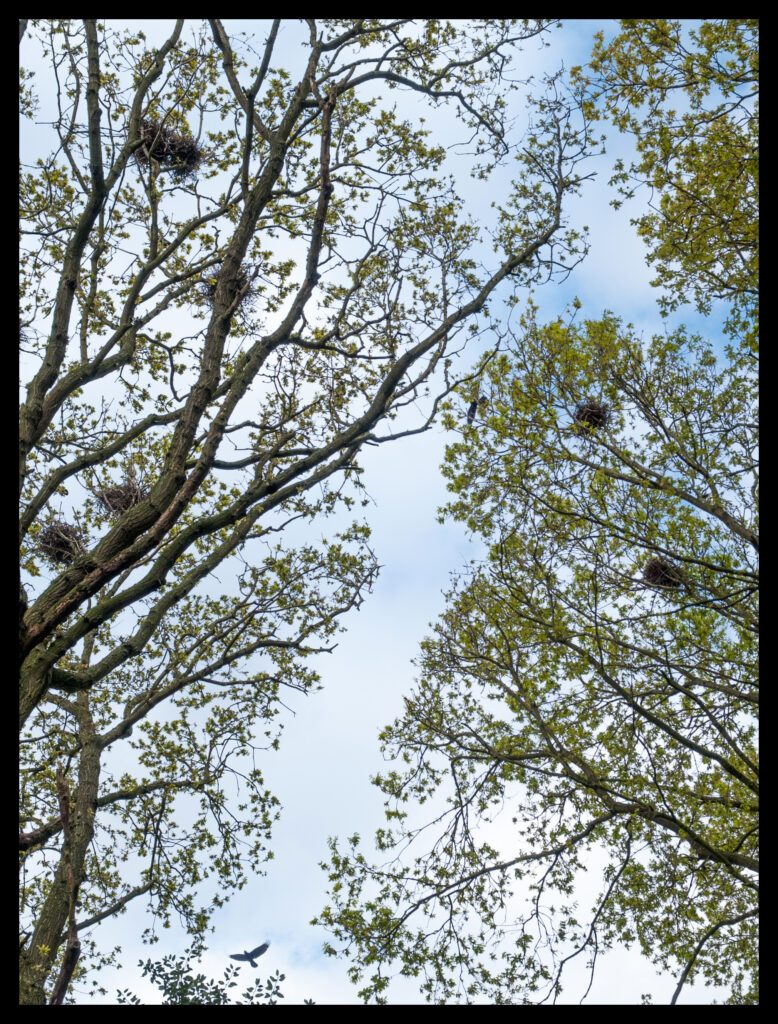
Mistley Wood 14-54
The Olympus E-1 colours are natural, with a lovely richness yet delicate softness without any harsh over saturation, “simple yet sweet” (as AG says in the video I linked above – and he’s right!) – some remind me of Kodak Portra, or Fuji NHP (two Colour Negative Films I have used a few times) – yes, I think they do have a “Film like” look – but not the type of Film people mistakenly assume this has a resemblance to (people assume Ektachrome or Kodachrome and this is nothing like those). They’re different from the images you get from modern digital cameras – they lack the Dynamic Range and clinical cleanness and ultra sharpness they have, and of course the resolution.
The Kodak CCD loves the sun, or rather loves the warmth of the sun. The first thing I noticed were that the highlights, if exposed correctly were delicate yet very warm, gently kissing the subject or the scene, with the colour temperature going from cool to very warm within one scene. A nuanced look I’ve not noticed before on other modern cameras. The warmer it is the warmer and more saturated it becomes, especially liking yellows, reds and blues.
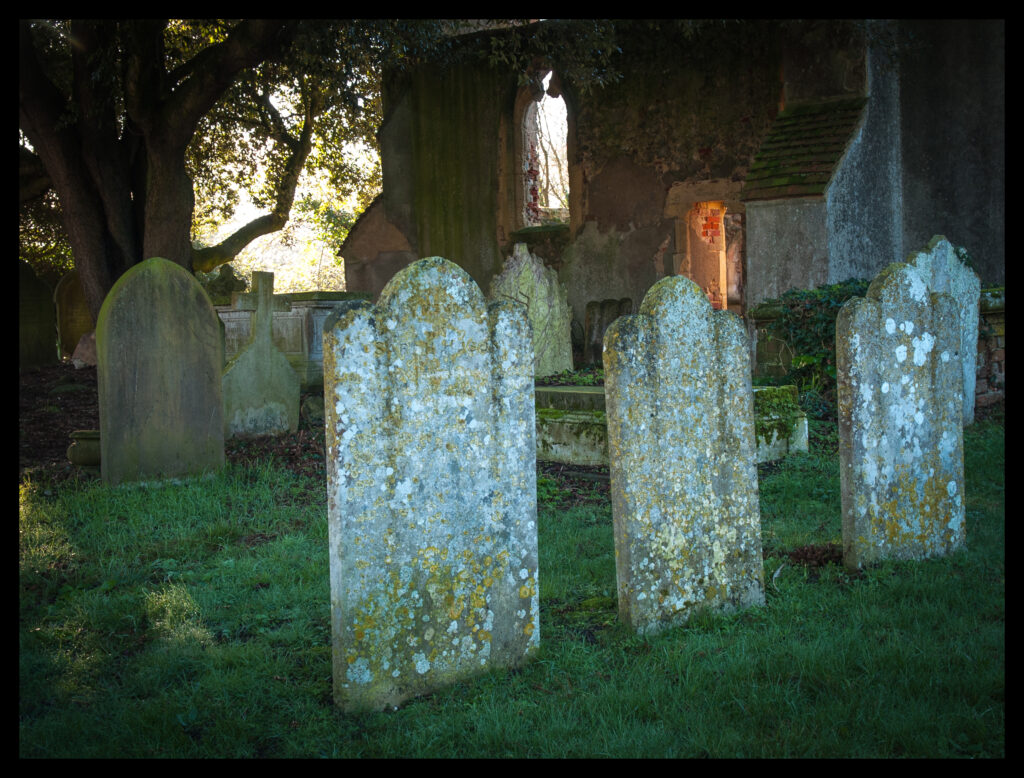
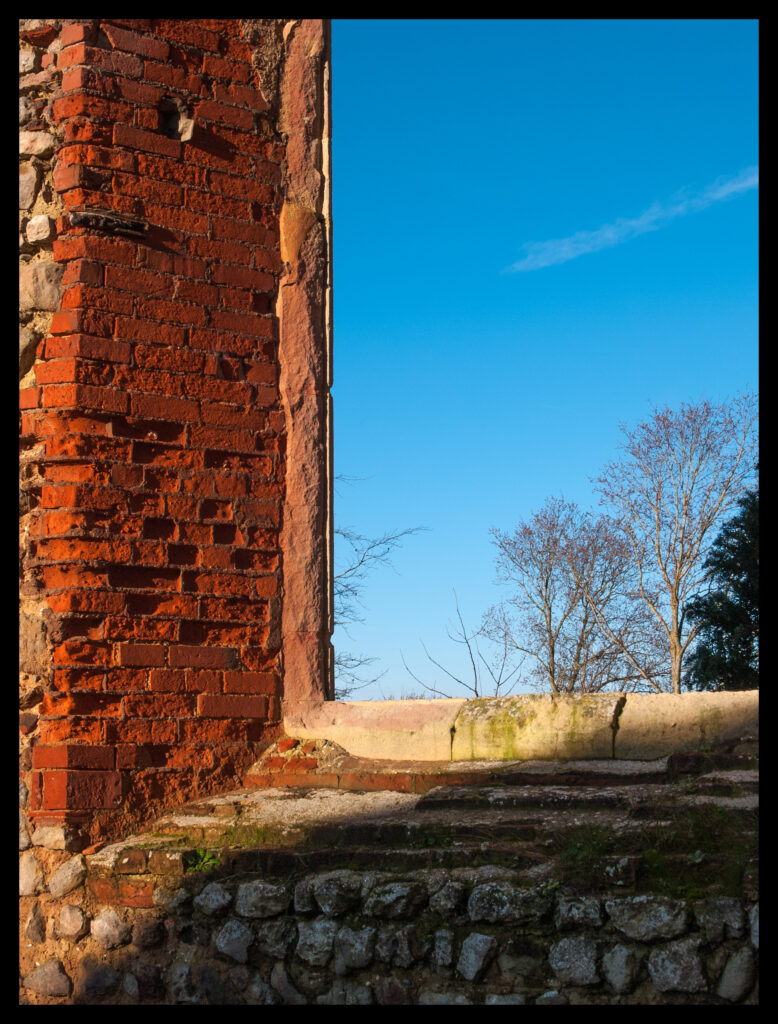
I’d been shooting almost exclusively with this Olympus E-1 over the last couple of months. The weather has been so dire that any window of opportunity was limited and bar walking around locally (all of these photos were taken locally) and some portraits of my missus, son and the cat I’ve not had the opportunity to really grab some nice shots with it.
The 50mm is a fantastic lens, I’m aching to take it abroad and to shoot in exotic climes of the travel photography and portraiture which I love the most. Hopefully later this year I’ll have that opportunity. I think this excels at portraiture – skin tones are natural and the look has an attractive and wholesome feel.
I did get a chance (having edited the post while ‘pending’ shooting the Scouts and Guides St. George’s Day Parade in Colchester. The camera was surprisingly quick and accurate and compact and comfortable enough to shoot the event with. The 50mm was great for panning around grabbing shots from the crowds and I was surprisingly inconspicuous! I also had a nice opportunity to shoot some snaps at Dedham Vale and at a BBQ after a friend’s daughters Holy Communion. I, along with everyone else was very impressed. Damn fine photos from this old girl and colours are lovely.
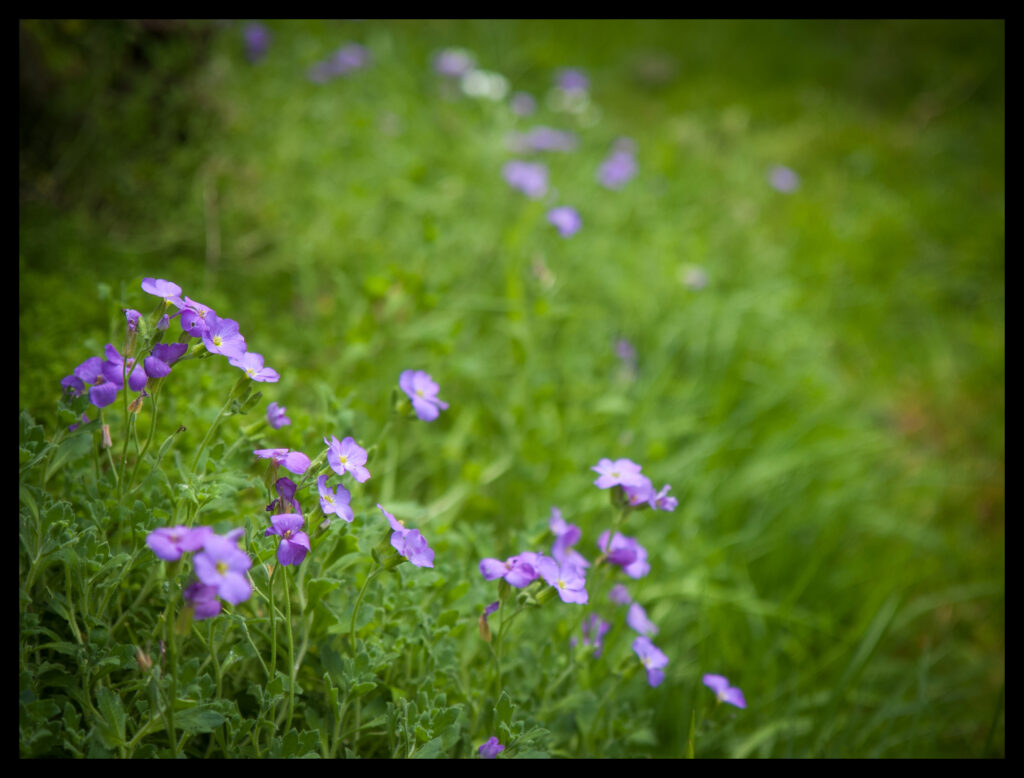
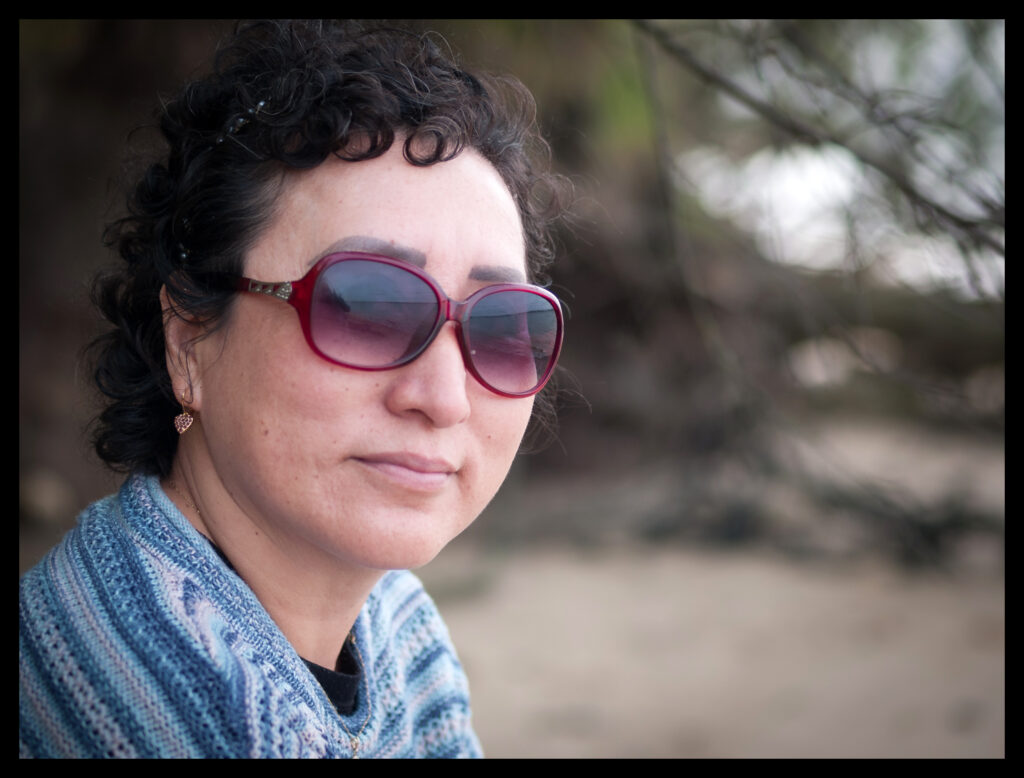
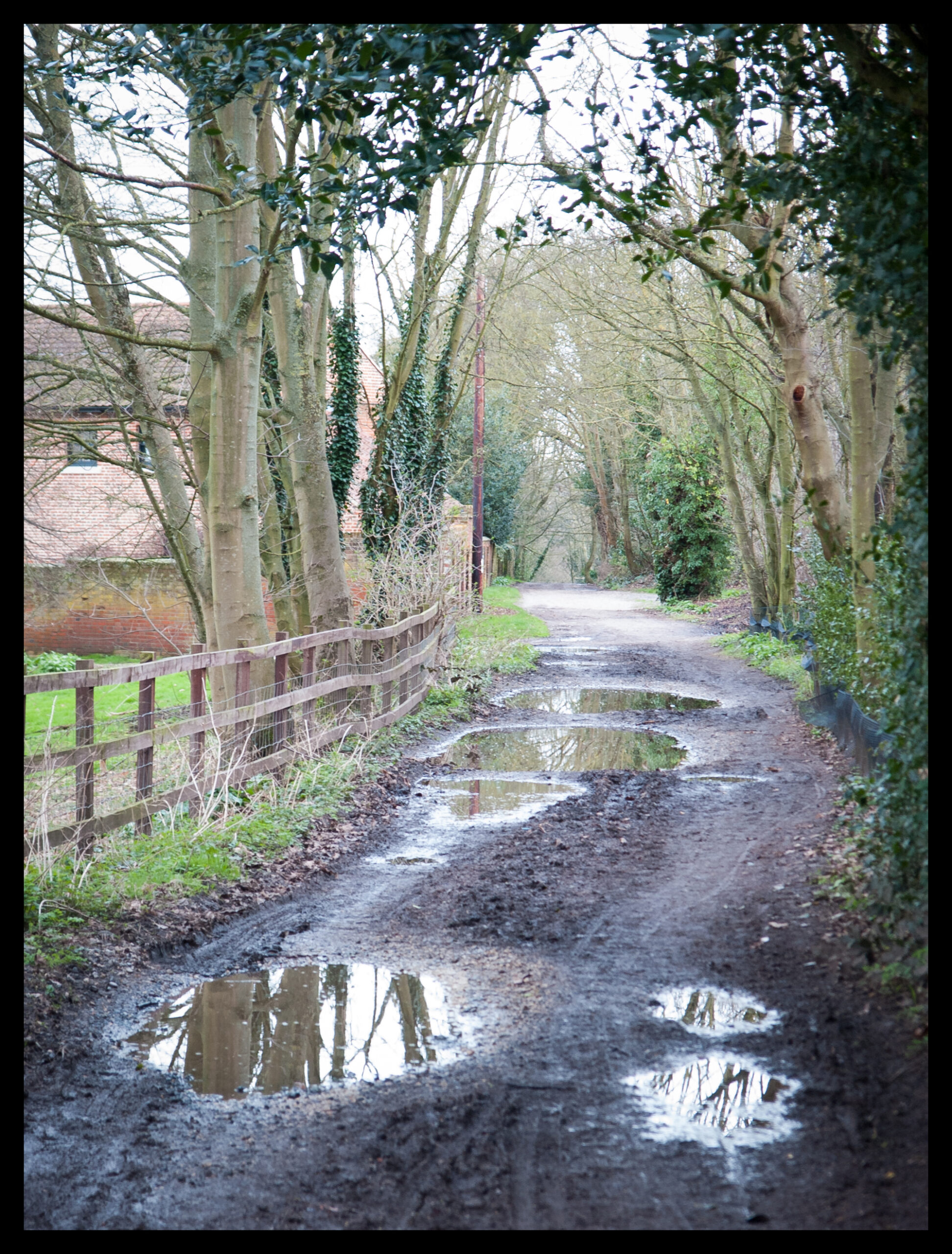
50mm f2
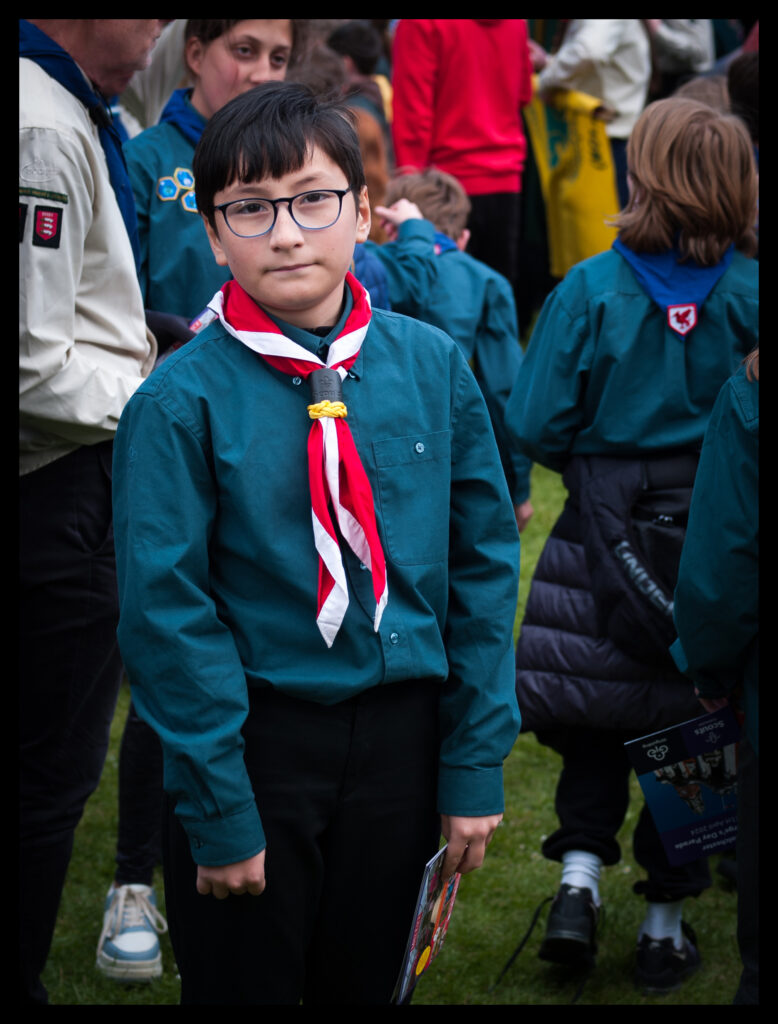
I’ve tried to give a varied selection of photographs highlighting the texture and colour and to give a general idea of the look and feel of the photos which can be captured with the Olympus E-1. It was difficult to pick a selection as I’ve taken a lot of keepers. As a play on the ‘Film’ look I added a black border – the 4/3 format reminds me of the Slides from 645 Cameras I used to shoot. I was in half a mind to use an actual 645 frame Kodak Film border but that would have been a bit cheesy!
It’s a joy to use, the results I find more pleasing than any other Digital camera I’ve ever used and I think I managed to get into and then find my way out of the Kodak CCD rabbit hole with a big smile on my face. A shame both Olympus and Kodak are no longer in the camera and sensor business, it’s quite sad but at least we have these gems to use and enjoy.
All photos were shot in RAW. The only editing was shadow and contrast (and a subtle touch of vignette in a couple of photos). Colour is as from camera.
Share this post:

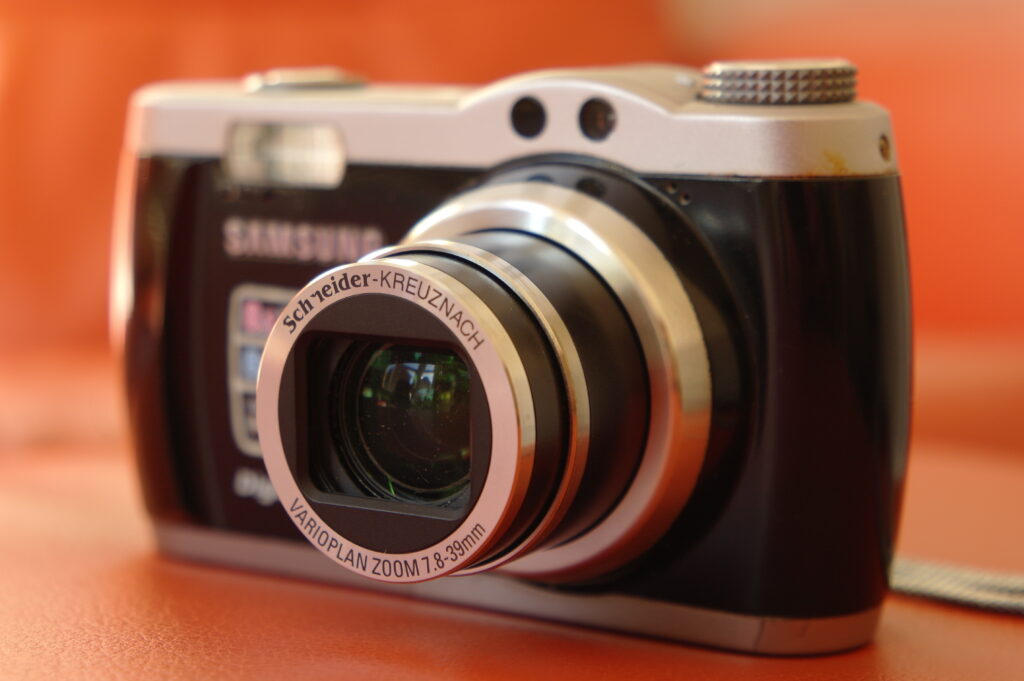
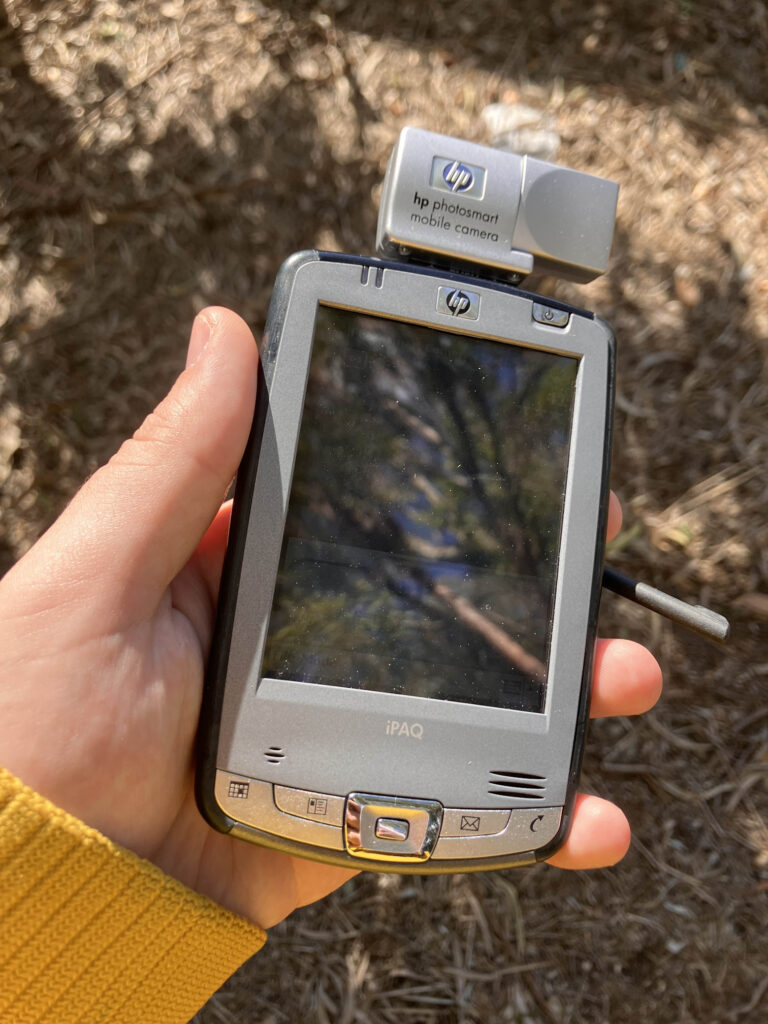
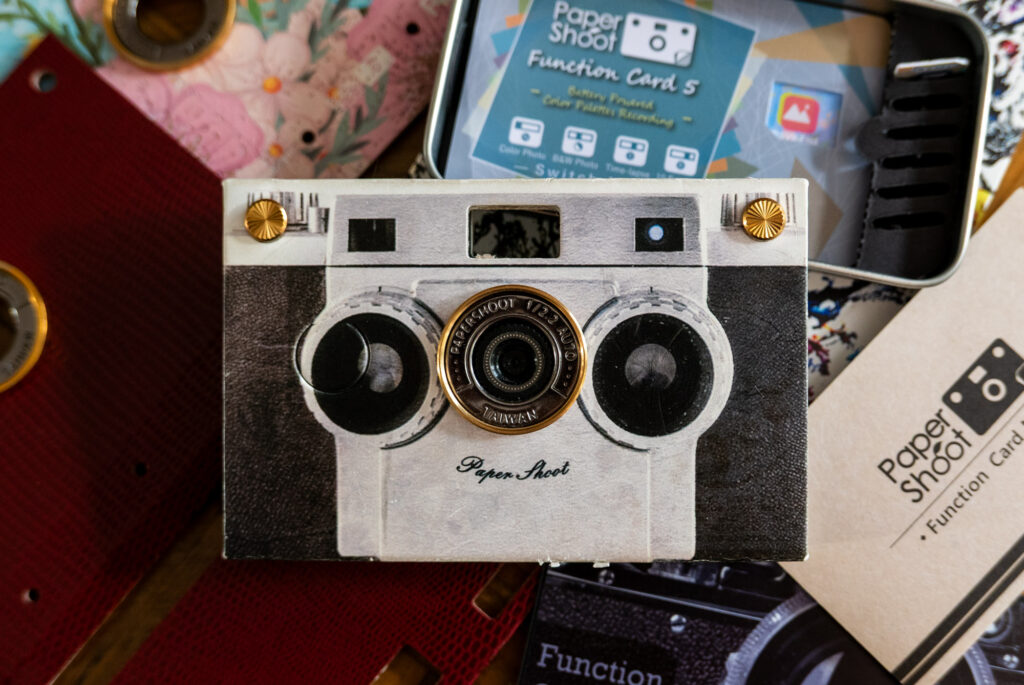
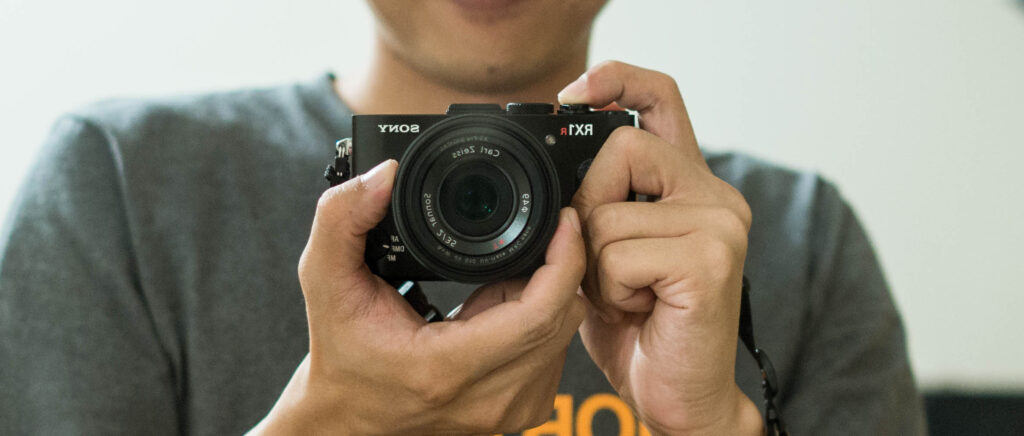




Comments
Geoff Chaplin on Olympus E-1 Review – Down the Kodak CCD Rabbit Hole
Comment posted: 24/06/2024
Comment posted: 24/06/2024
Comment posted: 24/06/2024
Comment posted: 24/06/2024
Comment posted: 24/06/2024
Bob Janes on Olympus E-1 Review – Down the Kodak CCD Rabbit Hole
Comment posted: 24/06/2024
Comment posted: 24/06/2024
Chris on Olympus E-1 Review – Down the Kodak CCD Rabbit Hole
Comment posted: 24/06/2024
Happy days
Comment posted: 24/06/2024
Thomas Wolstenholme on Olympus E-1 Review – Down the Kodak CCD Rabbit Hole
Comment posted: 24/06/2024
Comment posted: 24/06/2024
David Hume on Olympus E-1 Review – Down the Kodak CCD Rabbit Hole
Comment posted: 24/06/2024
Of course, none of this applies to the experience of using the camera which you've described so well. And personally I'm starting to think, "Hell, if it's easy to get nice files out of my Oly in LR then do I really care why?" It's just that the Kodak CCD is the elephant in the room here.
Best, David
Comment posted: 24/06/2024
Comment posted: 24/06/2024
Comment posted: 24/06/2024
Bill Brown on Olympus E-1 Review – Down the Kodak CCD Rabbit Hole
Comment posted: 24/06/2024
Comment posted: 24/06/2024
Kary Schumpert on Olympus E-1 Review – Down the Kodak CCD Rabbit Hole
Comment posted: 24/06/2024
Comment posted: 24/06/2024
Andrew on Olympus E-1 Review – Down the Kodak CCD Rabbit Hole
Comment posted: 24/06/2024
I must live quite near you (I am just west of Colchester) and I enjoy being out and about with my Olympus E-500, to many of the same places as you.
I would totally agree with you that the Kodak sensor needs very careful handling- it is very sensitive to exposure and it’s easy to blow out highlights or loose details in shadow. I am perhaps a bit lazy and more inclined to use the later E-520. This is an almost identical camera but has a later CMOS sensor. To me, the colour and tonal response looks very similar to the Kodak sensor E-500, but there is just a bit more dynamic range, which makes shooting a bit easier, and the camera can capture scenes with high dynamic range where the Kodak sensor struggles a little.
But whatever the model, I would agree with you that the cameras are built beautifully and the lenses are fantastic. They are all an absolute bargain if you want to experience a DSLR.
Comment posted: 24/06/2024
Fred Nelson on Olympus E-1 Review – Down the Kodak CCD Rabbit Hole
Comment posted: 24/06/2024
The colors are beautiful. I think I'm going to go down the rabbit hole also.
Comment posted: 24/06/2024
john on Olympus E-1 Review – Down the Kodak CCD Rabbit Hole
Comment posted: 24/06/2024
I had heard then, and since, the 'Olympus colors are...' sentiment plenty of times.
I never 'got it'. Still don't.
Are they really?
It seemed to me, back then, that 'color' was the easiest component of a digital image to manipulate as opposed to sharpening and/or enhancing details and dealing with noise and other artefacts.
How was Olympus color more 'special' than any other color from any other camera model?
The images I see here are typical of numerous other pleasing images with nice color but I don't see magical otherworldly color worthy of the highest praises and regard.
How terribly bad would these images look had they been not captured using Olympus' color science?
No, I am not color blind.
I have spent a great deal of time on the subject of color and digital photography.
I had color calibrated/profiled my monitors/printers/camera bodies for decades.
I no longer color calibrate/profile my monitors/printers/cameras (but I do strictly use paper/ink which have their OEM profiles) because the equipment of today does not require the attention it used to and I can easily and successfully adjust color to taste when/if need be.
Comment posted: 24/06/2024
NICHOLAS HOWE on Olympus E-1 Review – Down the Kodak CCD Rabbit Hole
Comment posted: 25/06/2024
Comment posted: 25/06/2024
Roger on Olympus E-1 Review – Down the Kodak CCD Rabbit Hole
Comment posted: 25/06/2024
Comment posted: 25/06/2024
Bill Brown on Olympus E-1 Review – Down the Kodak CCD Rabbit Hole
Comment posted: 25/06/2024
Now back to your article. I spend my days as a digital darkroom tech and get weary of having to make countless decisions with certain RAW files to find pleasing color for an image. Having a camera that will render pleasant colors and a natural look OTB is a huge blessing. Yes, I completely agree with your response Not bad, not worse, but different. Finding that special combination of character, color and rendering that appeals to you is significant. Again, a beautiful and evocative photo set. Thanks for posting.
Comment posted: 25/06/2024
Tony Warren on Olympus E-1 Review – Down the Kodak CCD Rabbit Hole
Comment posted: 26/06/2024
Comment posted: 26/06/2024
Comment posted: 26/06/2024
David C Bangley on Olympus E-1 Review – Down the Kodak CCD Rabbit Hole
Comment posted: 30/07/2024
Otherwise, I agree that CCD is magic for digital photography.
Comment posted: 30/07/2024
Comment posted: 30/07/2024